Copyright page
ELSEVIER SCIENCE B.V.
Sara Burgerhartstraat 25
P.O. Box 211, 1000 AE Amsterdam, The Netherlands
2001 Elsevier Science B.V. All rights reserved.
This work and the individual contributions contained in it are protected under copyright by Elsevier Science B.V., and the following terms and conditions apply to its use:
Photocopying
Single photocopies of single chapters may be made for personal use as allowed by national copyright laws. Permission of the Publisher and payment of a fee is required for all other photocopying, including multiple or systematic copying, copying for advertising or promotional purposes, resale, and all forms of document delivery. Special rates are available for educational institutions that wish to make photocopies for non-profit educational classroom use.
), by selecting Obtaining Permissions.
In the USA, users may clear permissions and make payments through the Copyright Clearance Center, Inc., 222 Rosewood Drive, Danvers, MA 01923, USA; phone: (978) 7508400, fax: (978) 7504744, and in the UK through the Copyright Licensing Agency Rapid Clearance Service (CLARCS), 90 Tottenham Court Road, London WIP 0LP, UK; phone: (+44) 171 631 5555, fax: (+44) 171 631 5500. Other countries may have a local reprographic rights agency for payments.
Derivative Works
Tables of contents may be reproduced for internal circulation, but permission of Elsevier Science is required for resale or distribution of such material.
Permission of the Publisher is required for all other derivative works, including compilations and translations.
Electronic Storage or Usage
Permission of the Publisher is required to store or use electronically any material contained in this work, including any chapter or part of a chapter.
Except as outlined above, no part of this work may be reproduced, stored in a retrieval system or transmitted in any form or by any means, electronic, mechanical, photocopying, recording or otherwise, without prior written permission of the Publisher.
Address permissions requests to: Elsevier Science Global Rights Department, at the mail, fax and e-mail addresses noted above.
Notice
No responsibility is assumed by the Publisher for any injury and/or damage to persons or property as a matter of products liability, negligence or otherwise, or from any use or operation of any methods, products, instructions or ideas contained in the material herein. Because of rapid advances in the medical sciences, in particular, independent verification of diagnoses and drugs dosages should be made.
First edition 2001
Library of Congress Cataloging in Publication Data
A catalog record from the Library of Congress has applied for.
ISBN: 0-444-50839-2
ISSN: 1568-461X
 The paper used in this publication meets the requirements of ANSI/NISO Z39.48-1992 (Permanence of Paper).
The paper used in this publication meets the requirements of ANSI/NISO Z39.48-1992 (Permanence of Paper).
Printed in The Netherlands
Series Editors Preface
Donat-P. Hder and Giulio Jori
Its not the substance, its the dose which makes something poisonous!
When Paracelsius, a German physician of the 16th century made this statement he probably did not think of light as one of the most obvious environmental. But his statement applies as well to light. While we need light for example for vitamin D production too much light might cause skin cancer. The dose makes the difference. These diverse findings of light effects attracted the attention of scientists for centuries. The photosciences represent a dynamic multidisciplinary field which includes such diverse subjects as behavioral responses of single cells, cures for certain types of cancer and protective potential of tanning lotions. It includes photobiology and photochemistry, photomedicine as well as the technology for light production, filtering and measurement. Light is a common theme in all these areas. In the last decades a more molecular centered approach changed both the depth and the quality of the theoretical as well as the experimental foundation of photosciences.
An example for the relationship between global environment and the biosphere is the recent discovery of ozone depletion and the resulting increase in high energy ultraviolet radiation. The hazardous effects of high energy ultraviolet radiation on all living systems is now well established. This discovery of the result of ozone depletion put photosciences in the center of public interest with the result that in an unparalleled effort scientists and politicians worked closely together to come to international agreements to stop the pollution of the atmosphere.
The changed recreational behavior and the correlation with several diseases in which sunlight or artificial light sources play a major role in the causation of clinical conditions (e.g. porphyrias, polymorphic photodermatoses, Xeroderma pigmentosum and skin cancers) have been well documented. As a result in some countries (i.e. Australia) public services inform people about the potential risk of extended periods of sun exposure for every day. The problems are often aggravated by the phototoxic or photoallergic reactions produced by a variety of environmental pollutants, food additives or therapeutic and cosmetic drugs. On the other hand, if properly used, light-stimulated processes can induce important beneficial effects in biological systems, such as the elucidation of several aspects of cell structure and function. Novel developments are centered around photodiagnostic and phototherapeutic modalities for the treatment of cancer, artherosclerosis, several autoimmune diseases, neonatal jaundice and others. In addition, classic research areas like vision and photosynthesis are still very active. Some out of these developments are unique to photobiology, since the peculiar physicochemical properties of electronically excited biomolecules often lead to the promotion of reactions which are characterized by high levels of selectivity in space and time. Besides the biologically centered areas, technical developments have paved the way for the harnessing of solar energy to produce warm water and electricity or the development of environmentally friendly techniques for addressing problems of large social impact (e.g. the decontamination of polluted waters). While also in use in Western countries, these techniques are of great interest for developing countries.



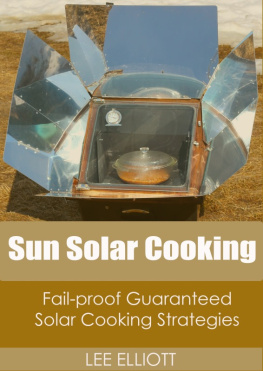
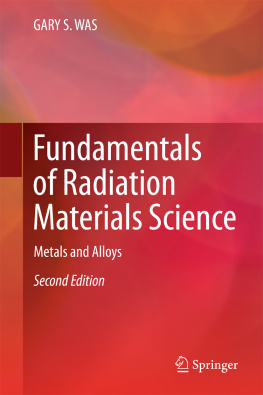
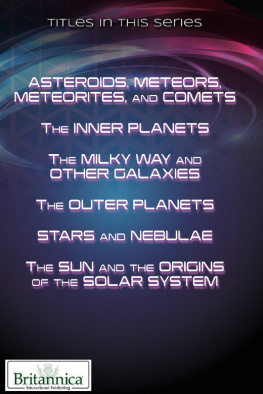

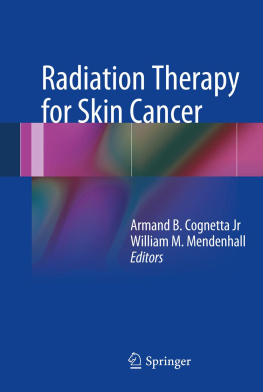
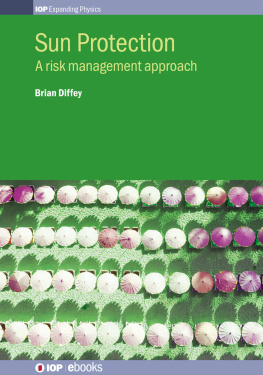
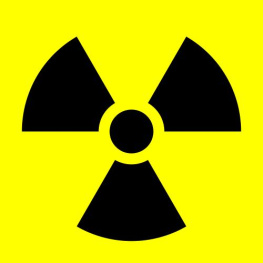
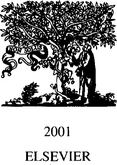
 The paper used in this publication meets the requirements of ANSI/NISO Z39.48-1992 (Permanence of Paper).
The paper used in this publication meets the requirements of ANSI/NISO Z39.48-1992 (Permanence of Paper).